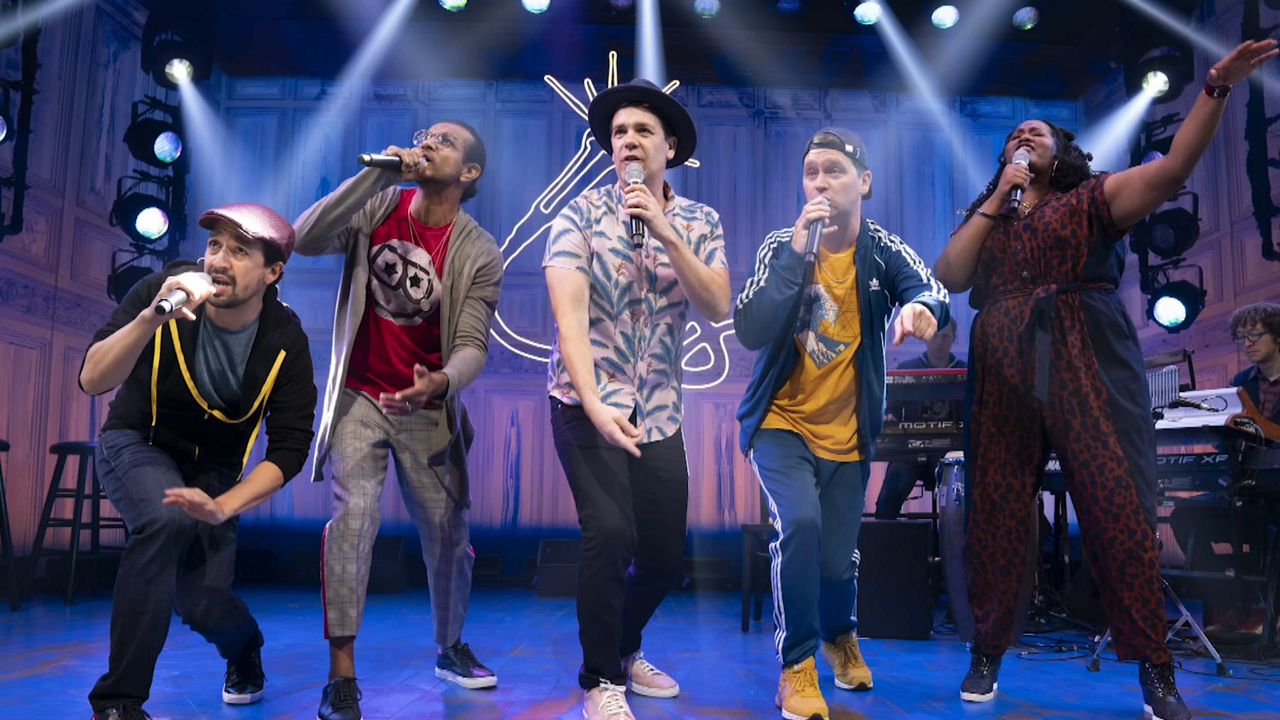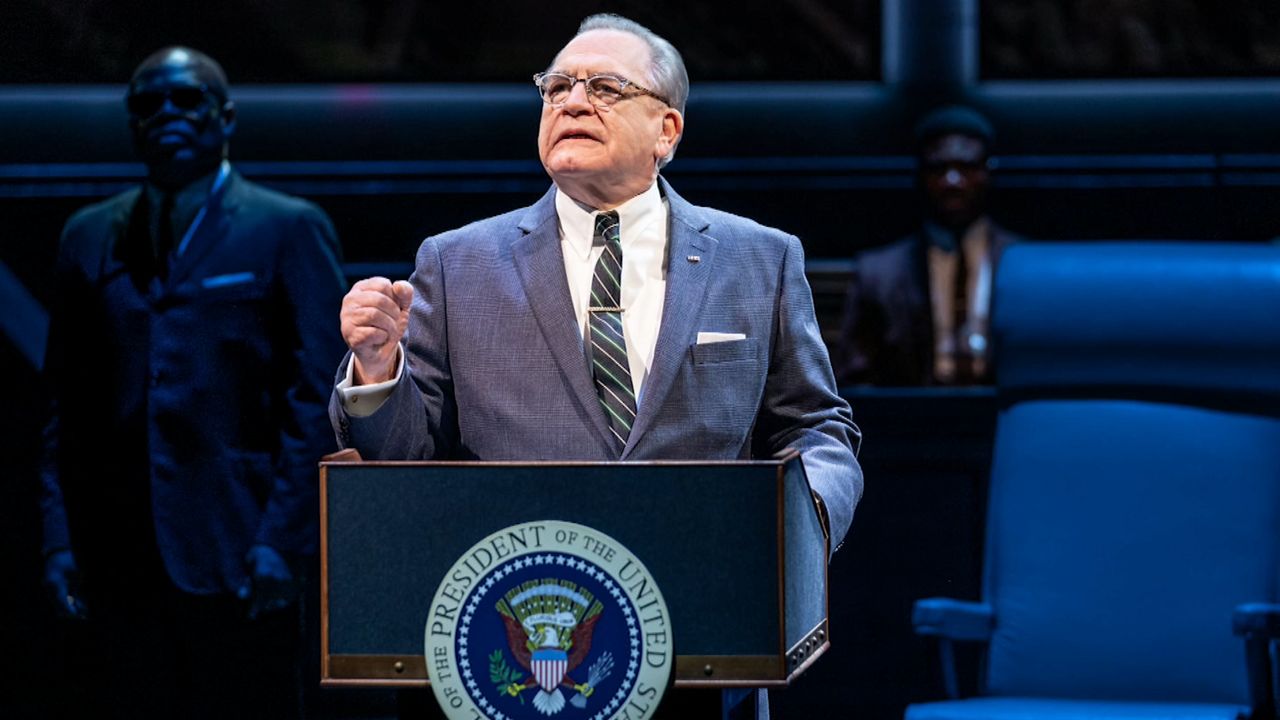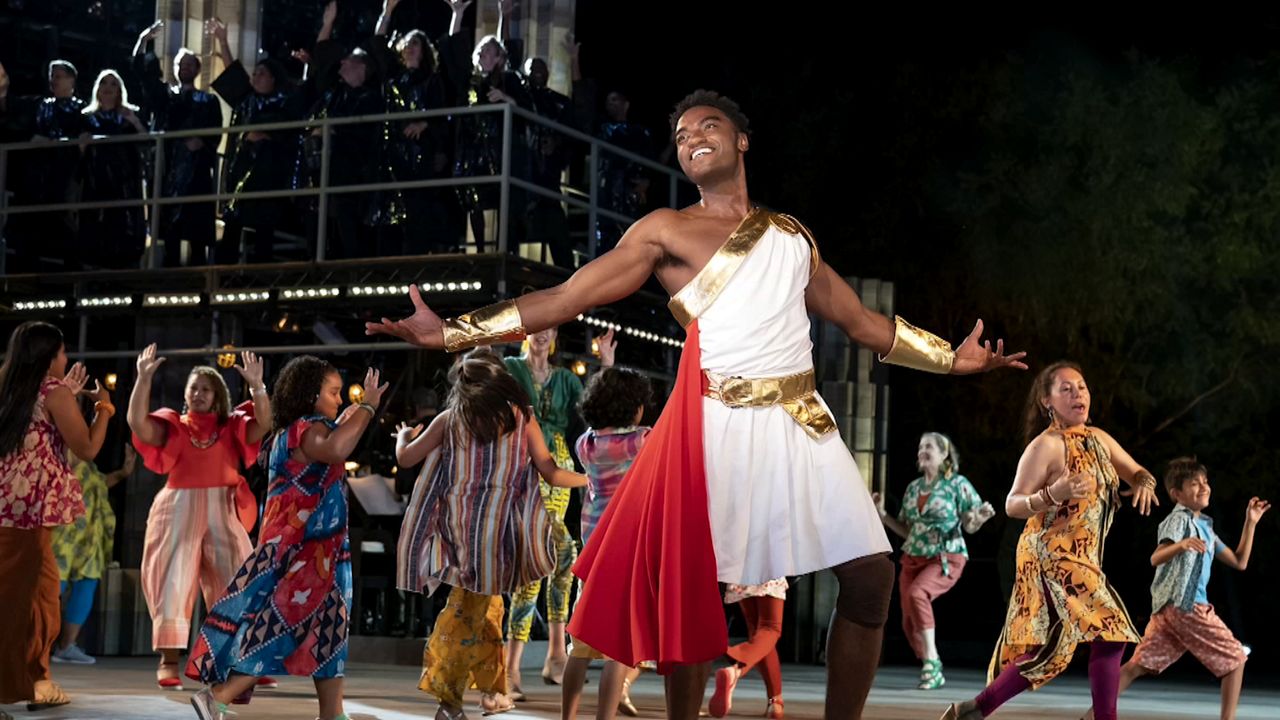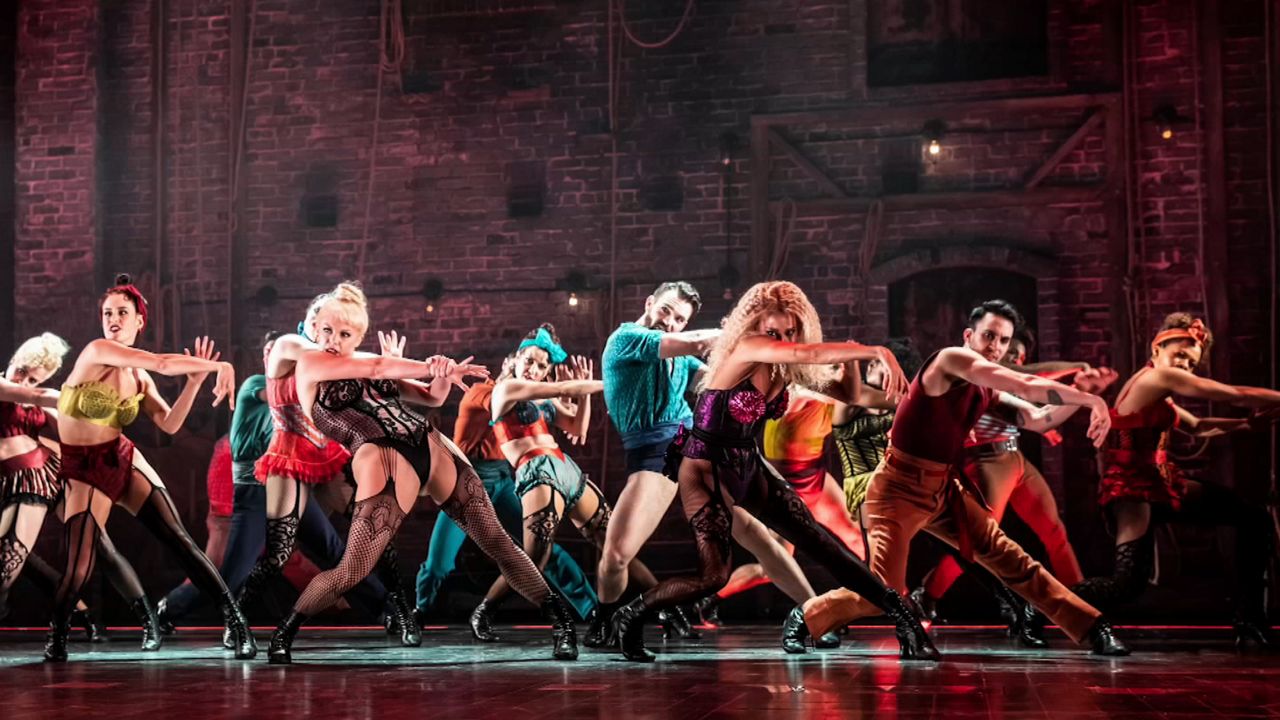There are only four characters in "American Son," but they represent a world of hurt. The intense drama by Christopher Demos-Brown is a microcosm of the ravages of race relations in this country. Everyone's good, but there are no heroes in this compellingly provocative story about the flip side of the American dream.
From the moment we first see Kerry Washington's anxious figure, the heightened tensions never let up. Kendra is in a Miami police station's reception area, waiting impatiently for news of her 18-year-old son. It's 4 in the morning. Jamal has been identified in an incident, and she has not heard from him all night.
Protocol prevents the young officer on duty to provide any details, and as a black mother living in the South, Kendra fears the worst. Alone to contemplate the tragic fates of young black men at the hands of racist cops, she is projecting her worst nightmare even though Jamal is a good son, educated in the best schools and destined for great things.
Kendra's husband is a white FBI agent. The marriage is fizzling, but they share a deep devotion to Jamal, who we learn has recently decided to embrace his black culture.
If the elements tie together a bit too neatly in the story, Demos-Brown does an excellent job of drawing us in to the conundrum of race in America.
All four characters — Kendra, her husband Scott, the young white officer, and the veteran black lieutenant — come at the issues from very different perspectives; and under Kenny Leon's expert direction, we see how difficult it is to find common ground.
Enhancing the production is an outstanding company of A-listers: Jeremy Jordan as a young white cop limited by his narrow world view; Eugene Lee providing the pragmatic voice of a black man who's learned how to straddle both sides to survive; Steven Pasquale as a member of the ruling class who's never had to compromise; and Kerry Washington — at times combative and emotionally overwrought — reflects the soul-crippling history of the black experience in America.
There are moments in this play that elicit gasps from the audience, a sign that it's doing its job: opening our eyes and hopefully bringing us closer to the realization that we have to stop seeing things in black and white.









